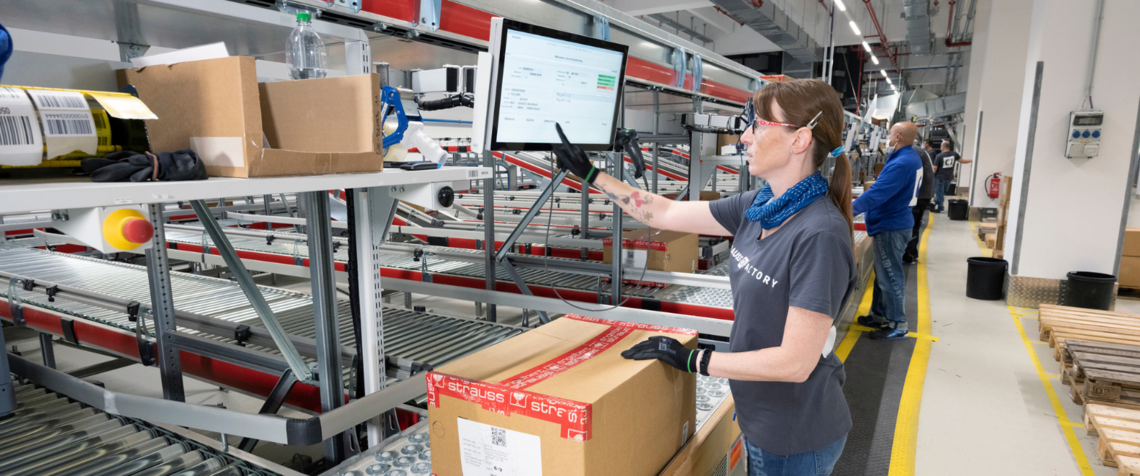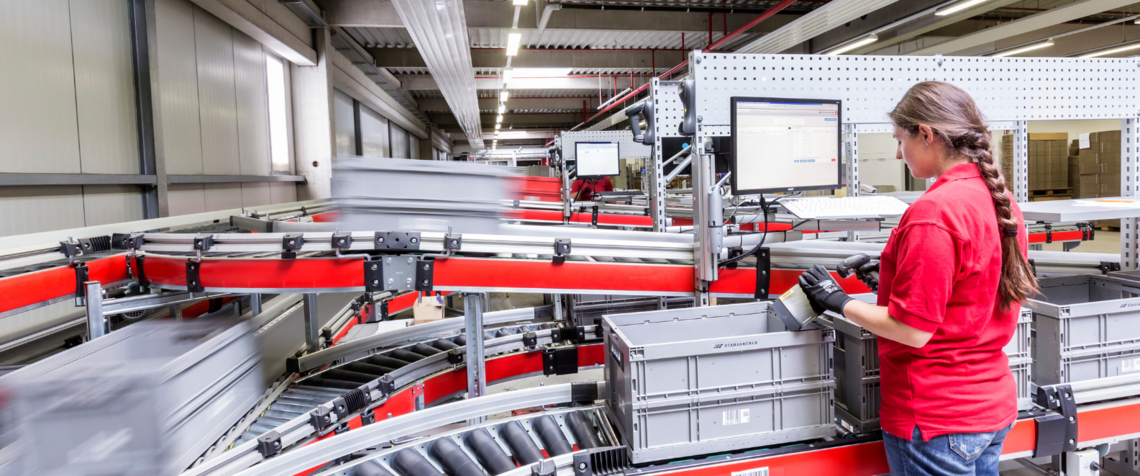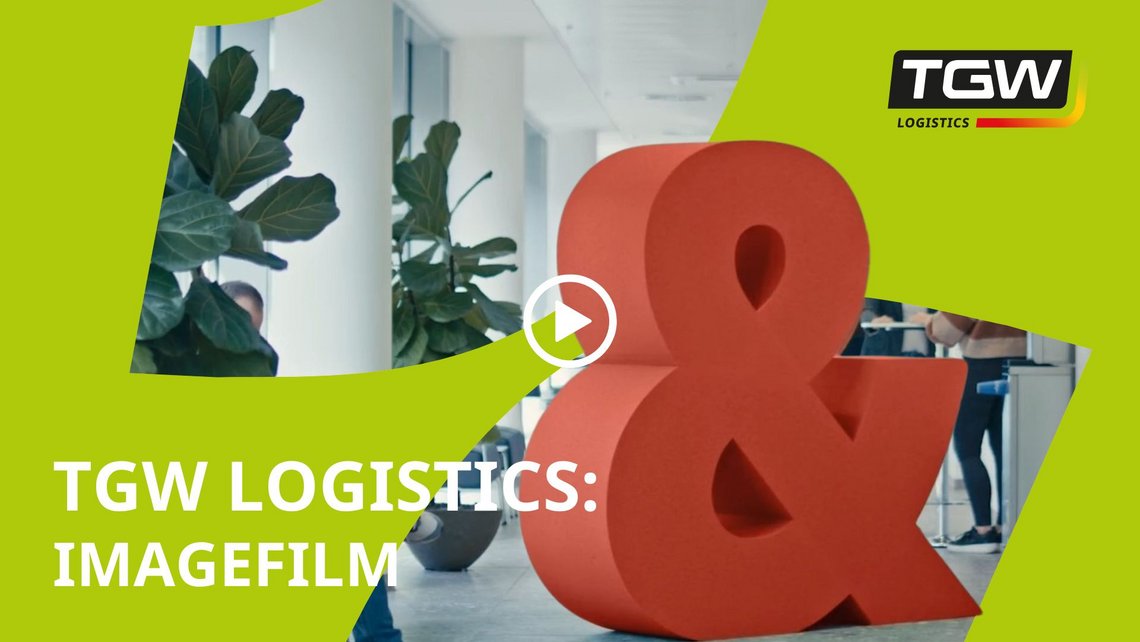

It’s 7:15 a.m. in a bustling urban hospital. A nurse prepares for the morning rush—checking vitals, reviewing charts, and grabbing a few last-minute supplies before patients flood in. But the supply closet tells a familiar story: no medium-sized gloves, only one box of syringes, and a stack of expired bandages. Annoyed, the nurse radios down to central supply, knowing it will take at least an hour to get what is needed.
This frustrating scenario is a daily challenge in hospitals across the globe. Stockouts, overstocking, manual tracking, and disjointed workflows have become the norm in healthcare supply chains. And when critical supplies aren’t where they need to be, when they need to be there, patient care suffers. Enter Lean healthcare, a methodology borrowed from manufacturing that’s quietly (and powerfully) reshaping how hospitals manage inventory, reduce waste, and improve care delivery. With the help of smart logistics services and warehouse automation technologies, hospitals are transforming supply chain chaos into a streamlined system that works in real time.
In this blog, we’ll explore how Lean healthcare revolutionizes hospital supply chains, supports a culture of continuous improvement, and how strategic tools like Kanban systems and real-time inventory tracking can redefine efficiency. Most importantly, we’ll show how better logistics planning with a partner like TGW Logistics empowers providers to focus less on chasing supplies—and more on caring for people.
No Time to Read?
Need the "too long, didn't read" version? Watch the video at right to hear Blake Neal, Director of Business Development at TGW North America, explain the key insights from this blog. For more blog recap videos, check out our "The Automation Conversation" playlist on YouTube.
Key Challenges in Healthcare Logistics Planning
Before we discuss solutions, it’s important to understand the everyday challenges that hinder hospital supply chains. These issues are often interconnected and magnified by outdated systems and a lack of visibility.
Striking the right balance between having enough supplies and avoiding excess inventory is a constant struggle. Overstocking leads to wasted space and tied-up capital, while stockouts delay critical treatments. Supply chain mismanagement can have serious consequences in an industry where timing is everything.
Many hospitals use clipboards, spreadsheets, or outdated digital tools to manage inventory. These methods are not only time-consuming but also prone to human error. When inventory data is inaccurate, replenishment becomes guesswork, leading to shortages or overordering.
Hospitals are not warehouses. Storage space is often limited, especially in older facilities. Every square foot used for excess inventory is not used for patient care. Efficient space utilization requires precise logistics planning to make essential items available without overcrowding.
Rising operational costs and limited budgets are constant challenges for healthcare providers. Hospitals often overspend on inventory, transportation, and labor, and supply chain inefficiencies only add to this burden.


The Lean Healthcare Solution
Lean healthcare eliminates waste and enhances value by optimizing supply chain processes. Applied strategically, it allows hospitals to streamline operations, cut unnecessary costs, and improve service delivery. Here’s how:
JIT means that supplies arrive precisely when needed—not too early and never too late. This approach reduces excess inventory, minimizes storage needs, and improves cash flow. Instead of stockpiling materials, hospitals can maintain lean stock levels based on actual usage.
Kanban is a demand-driven inventory system that uses visual cues like labeled bins, cards, or digital alerts to trigger restocking only when items reach a specific threshold. This prevents overstocking and understocking by aligning supply with real-time demand. In hospitals, Kanban systems simplify replenishment processes and reduce administrative workloads for clinical staff.
Technologies like TGW Logistics' Stingray shuttle system take Lean logistics to the next level. These systems automate storage, retrieval, and order fulfillment to deliver medical supplies quickly, accurately, and efficiently. Automation also enhances logistics planning, enabling hospitals to monitor inventory in real time and respond proactively to changes in demand.
Lean healthcare requires new tools and a new mindset. Encouraging staff at all levels to identify bottlenecks and suggest improvements fosters a culture of efficiency. Over time, these incremental changes add up to significant performance gains.
How Lean Healthcare Shows Up in the Real World
One U.S. hospital partnered with a medical supplier to implement a Kanban-based replenishment system for high-use items like gloves, syringes, and bandages. The supplier took over inventory monitoring and used digital alerts to restock items only when necessary.
The outcomes were impressive:
- 30% reduction in stockouts – critical supplies were always available when needed.
- 25% decrease in overstocking – optimal stock levels lead to better space utilization and cost savings.
- Improved staff satisfaction – clinical teams could focus more on patient care instead of supply management.
Lean Healthcare principles take hold when hospitals have the right infrastructure in place, and warehouse automation is often the starting point. It lays the foundation for just-in-time inventory, reduced waste, and efficient workflows. Our logistics services then sustain and build on that foundation, with maintenance, consulting, and account management supporting long-term system performance and continuous improvement. Here’s how hospitals can begin:
Assess Current Challenges
Start by evaluating your existing supply chain processes. Where are the bottlenecks? Which items are frequently overstocked or out of stock? How much time does staff spend on inventory management? Your assessment will form the foundation of a targeted Lean implementation strategy.
Implement Kanban & Automated Replenishment
The transition from manual tracking to Kanban systems and scheduled replenishment. Use visual or digital cues to trigger restocking and maintain optimal stock levels. These tools reduce human error and give staff more time for patient care.
Leverage Advanced Logistics Solutions
Consider investing in advanced automation technologies like the Stingray shuttle system. These systems support high-speed, accurate material handling, reduce order processing times, and optimize storage in tight spaces. With improved visibility and control, logistics planning becomes more proactive and precise.
Partner with Suppliers for Managed Inventory
Collaborate with suppliers that offer managed inventory services. Let them lead on forecasting, restocking, and monitoring usage patterns. This will reduce your administrative burden and ensure that supplies are always aligned with real-time demand.


Why Logistics Planning Matters in Lean Healthcare
Yes, logistics planning moves supplies from point A to point B, but it goes beyond that by aligning supply with care delivery. In a Lean healthcare model, every aspect of the supply chain must support the organization’s broader mission: delivering timely, effective patient care.
Effective logistics planning empowers hospitals to:
- Predict supply needs based on real-time data
- Minimize waste and reduce operating costs
- Respond quickly to changes in demand or disruptions
- Allocate space and labor more efficiently
- Build stronger relationships with suppliers
Whether managing a single facility or an entire network, incorporating Lean strategies into your logistics planning process makes your operations more responsive, scalable, and sustainable.
The Future of Healthcare Logistics
As healthcare continues to evolve, so must the systems that support it. The future of hospital logistics will be defined by automation, real-time analytics, and integrated supply networks. Hospitals that embrace Lean healthcare and invest in advanced logistics services will be better positioned to meet growing patient demands, regulatory requirements, and financial pressures.
Innovative technologies and logistics services from partners like TGW Logistics demonstrate what’s possible when you combine Lean thinking with state-of-the-art logistics automation. Hospitals can turn logistical challenges into strategic advantages with the right tools and mindset.
TGW Logistics is a foundation-owned company headquartered in Austria and a global leader in warehouse automation and warehouse logistics. As a trusted systems integrator with more than 50 years of experience, we deliver end-to-end services: designing, implementing, and maintaining fulfillment centers powered by mechatronics, robotics, and advanced software solutions. With over 4,500 employees spanning Europe, Asia, and North America, we combine expertise, innovation, and a customer-centric dedication to help keep your business growing. With TGW Logistics, it's possible to transform your warehouse logistics into a competitive advantage.

